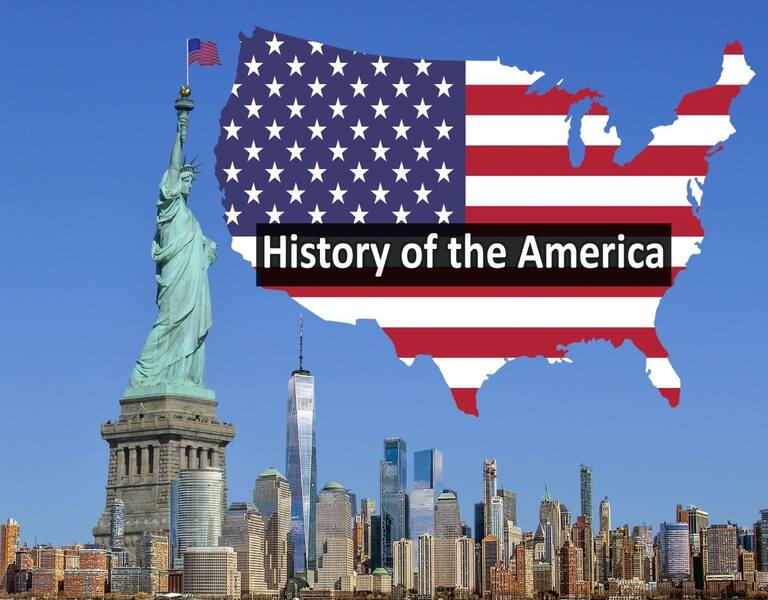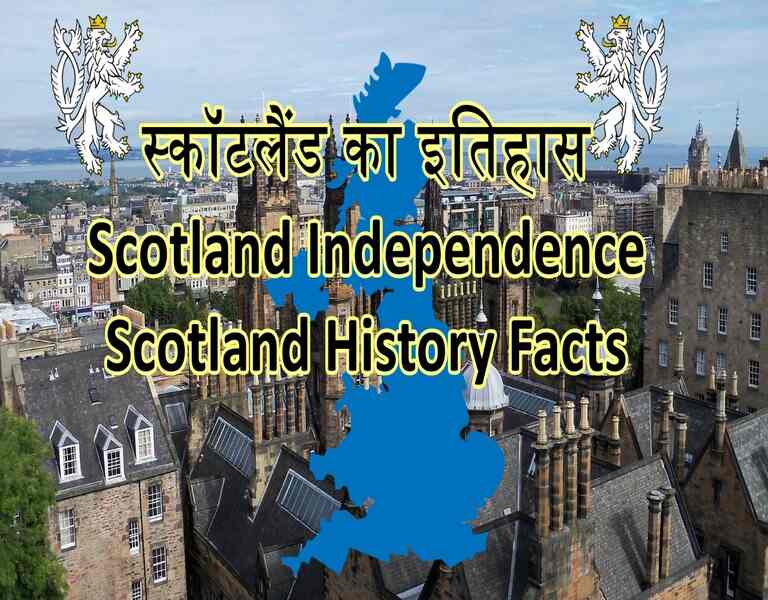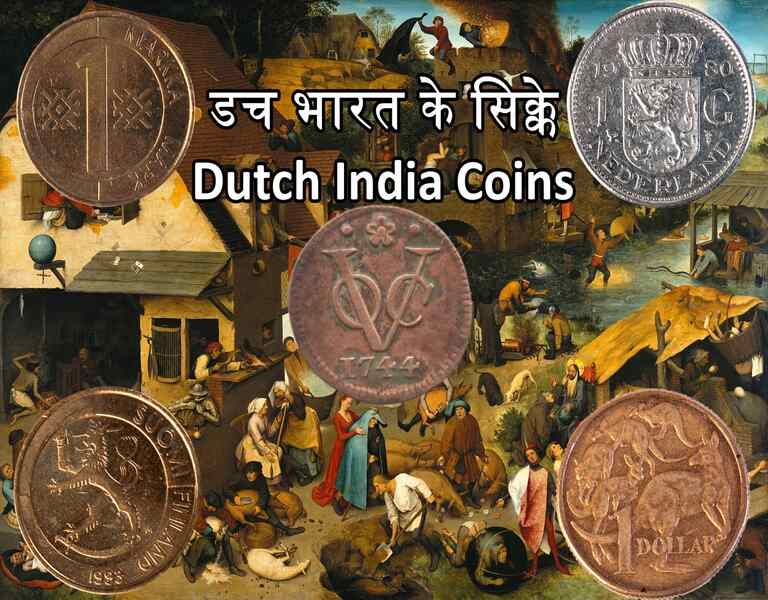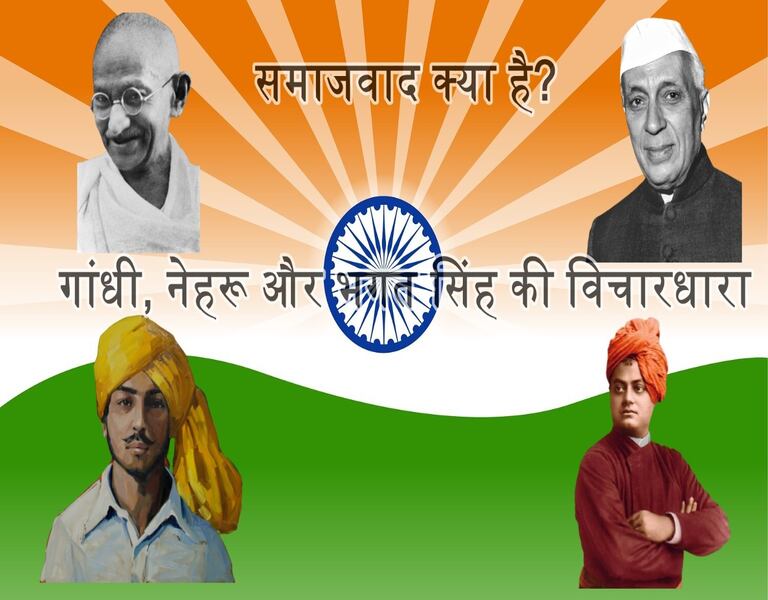History of the America:- The United States was formed in the 18th century by a blaze of revolution within 200 years, the nation reaching the height of its power.
It was victorious and strengthened after two world wars that devastated many other great nations, though the region’s history goes further back.
While most believe it is the history of the United States prior to the formation of the United States, the history of the continent boasts a diverse and intriguing development of documentary voyages.
And later the death of Christopher Columbus paved the way for further Spanish and Portuguese expeditions that were to reveal the existence of the South.
With more accurate data and tools by map makers at their disposal references the US said it was a new world.
Our stories were told to this new world, many people were curious and wanted to see for themselves so the United States of Americas had to be a country of immigrants filled with unwavering optimism and determination.
Although successful, the continent was inhabited by various native communities before settlement by Europeans and the discovery of coastlines.
It is theorized that the first people came to India through a landbridge that connected Russia with Alaska during the Ice Age as world temperatures rose and glaciers melted.
Sea level and thus closed the land bridge over time, these first hunter-gatherers migrated across the continent and while the ancestors of all Native Americans later developed societies of a variety of languages and cultures.
Much of which has been wiped out today had significant influences in land climate and nature. The life and belief that people who occupied one of the earliest societies.
There was a Mississippi culture where archeology established that they built raised cities and ceremonial burial mounds with urban settlements maintained by an admirable trading network in the southwest.
The pueblo was known for its complex multi-story will construction. Five made of stone in the northeast and the latter six nations banded together to form the Iroquois Federation.
They developed a centralized democratic government, consisting of representatives, it was argued that the union had been formed by the peacemakers shortly before European contact.
Although the actual date is rumoured, the earliest notable explorer was probably Leif Ericsson. A Norse explorer.
This natural storm, which blew up en route to Greenland during the 11th century, led to the discovery of the island today known as Newfoundland, but the Norse name for the land is Vinland.
A settlement was built on the northern tip of the island, but the settlement did not prove viable and quickly faded during the 5th century. Europe was enjoying a cephalic acid that reached India.
And even these trade routes along the Silk Road to China enabled sources of valuable goods such as silk and spices to be traded with the fall of the Ottoman Empire of Constantinople.
The land route to Asia became more difficult as Christopher Columbus was sponsored by Isabella of Castile.
And with three ships that made their voyages, the Nina the Pinta and the Santa Maria were arguably the voyages and expeditions of Christopher Columbus that were an important factor in the development of American history.
In 1492 Toscanelli reached the maps of Columbus in the Bahamas, made three more trips and was appointed governor of Hispaniola for success.
However even for this time in history Columbus committed many cruel and abominable acts on the skill of thousands of men, where he was later brought back to Europe and the most important factor was imprisoned.
The natives died at the time, although there was disease, the natives had no immunity to foreign diseases and it is estimated that 90% of the population was wiped out in the following centuries.
Many European powers began colonization efforts where they sought to exploit both land resources and land. opportunities.
The continent offered the Spanish to focus their efforts on the colonization of Caribbean Florida and the Aztec and Inca empires’ conquest of South America.
Because news of this new continent reached Europe in the early 17th century, French immigrants were attracted to the fur trade and the wealth it could bring them as well.
The native’s desire to convert to Catholicism and the river’s journey down those same obstacles laid the foundation for New France.
The Dutch established a number of forts and trading posts along the Hudson River, which provided a network of trade in the New Netherlands that was known because of the colony’s production.
Wealth for the Dutch Other foreign nations began to envy the wealth flowing through the Hudson River valley.
English settlers settled in Jamestown Virginia in 1607, which became a major exporter of tobacco with tobacco plantations.
And the need for labor became expanding colonies, immediately indentured servants received payment with the Americas, contracting clothing and housing with food to work on the plantations.
Until their service was completed with European arrival, the Iroquois Confederation increasingly became involved in the fur trade with Dutch colonists.
And after the English craved lucrative beavers in exchange for firearms, the Iroquois Confederacy eliminated the beaver population in their homeland.
And rallied against other tribes in the Great Lakes region who allied with the French to gain access to new hunting and trapping grounds, the competitive nature of the fur trade led to decades of hostility and bloodshed between Native American tribes.
And struggled to maintain and compete with them. Colonies in retaliation.
The French invaded Iroquois villages and surrounding lands, meanwhile the Dutch lost New Netherlands to the English during the Second Anglo-Dutch War.
And New Amsterdam was renamed the Beaver War New York as it was ended with the Great Peace in 1701.
In which the Iroquois Confederacy, the British and the French agreed to halt their campaign against tribes in the Ohio Country and allow the dispossessed tribes to return to their homeland by the mid-17th century.
European ships sailing to Africa were stocked with goods that had to be swindled for slaves.
These slaves were transported in crowded ships in harsh conditions. Bound to America where he was forced to work on plantations.
This resulted in more productivity for plantation owners. In Europe, we are hungry markets that waited until the middle of the 18th century for highly valued goods.
France claimed a vast territory during the English period. The 13 colonies were developed, with the English colonies being much smaller in land area than New France although they had a larger population in 1754.
The French-Indian War broke out between Britain and France over disputed land in the Ohio River Valley France began the construction of forts in the area Britain sent troops to stop the construction and the conflict escalated into seven years of war Colonial Wars Many spread across continents.
The conflict ended in a British victory and such a large amount of French territory in the New World was reassigned to Britain.
Although after the Seven Years’ War Kroll accumulated huge debts to get the money back, the British government imposed a heavy tax on the colonies; the first taxation on the colonies was sugar.
And then there was the Stamp Act where in Britain it was required to produce paper magazines and other documents.
And there was a stamp tax on them, the colonists seriously disliked these taxes and boycotted British goods.
He believed that there should be no taxation without representation in Parliament, with negative consequences for British businesses forcing the British to repeal the Stamp Act.
Instead they introduced new taxes on glass tea LED oil, resulting in more opposition as these products were essential to the colonies.
On March 5, 1770, 1000 troops were sent to Boston to establish control, when protesters began throwing stones and snowballs at the guards of the Custom House.
The clashes resulted in the deaths of five demonstrators, known as the Boston Massacre in 1773, who abhor further taxation.
American patriots known as The Sons of Liberty disguised themselves as Native American Indians, boarded a British ship.
And as tea cargo began to be dumped into the port, the British crown angrily sent four thousand more troops to Boston, British controlled Boston with direct British rule but Americans controlled the countryside.
And in 1774 Gun Arming and Training Militia known as Minutemen the First Continental Congress was taken away for the government.
He sent a message to Britain and he responded with more regulations and increased military presence Massachusetts was declared in a state of rebellion.
To warn the leaders that the British were coming, the Americans met the British forces at Lexington and returned to Concord, and with more troops arriving, they overtook the British who went back to Boston where the city was besieged in the Second Continental Congress was taken.
The militia was reorganized to form the Continental Army, they appointed General George Washington as leader I need a break I need a cup of tea Yes British reinforcements led by General William Howe arrived at Bunker Hill the Battle of Kishore saw victory for the price the British paid.
It was a significant loss of life and Boston remained under siege. General George Washington arrived in Boston the following month and continued to seed through the autumn and winter in March 1776. The artillery arrived. General George Washington ordered him to force the British to evacuate ordered to ignore the city.
Thomas Jefferson drafted the Official Declaration of Independence and the final text was approved on 4 July 1776, a year after he fashioned the Articles of Confederation.
What served as the constitution before it, meanwhile the rebels were waging a full-scale war for their independence.
After France and Spain began to support our efforts by sending supplies and weapons, Washington moved his army.
B Ritesh arrived in New York and as expected with 130 warships and 25,000 soldiers, the war continued with both sides winning and losing.
The American victory at Saratoga would prove to be a turning point for the American Revolution as it prompted France and later Spain to openly wage war on the side of the Americans with French aid
After the Continental Army forced the British to surrender at Yorktown, the Treaty of Paris was signed in 1783.
It recognized the independence of the United States and annexed all land up to the Mississippi River, the US Constitution was drafted in 1787, and the United States Government and Fundamental System of Government was launched in 1788.
Laws were followed, namely the first 10 amendments to the US Constitution guaranteeing basic rights for citizens.
The United States was now an independent country, with George Washington being appointed as the first president in 1789, which supported the Americans, France accumulating substantial debt that was one of the major catalysts of the French Revolution’s constitution.
After the Revolution the United States refused to honor the Day of Bail to France because they believed it originated from the previous regime.
The war continued strengthened its navy as France continued to attack and raid American merchant ships.
In 1803, the quasi-war undeclared war, President Thomas Jefferson purchased French Louisiana from Napoleon at a deal worth fifteen million dollars.
which was doubling the size of the United States, Napoleon had conquered the region back.
Spain in 1800 but war with Britain was inevitable, not seeing the area falling into British hands, she sold the area to fund her military campaigns.
President Thomas Jefferson launched an expedition to locate the newly purchased land, led by a group of volunteers from the US Army.
Commanded by Captain Lewis and his close friend, Second Lieutenant Clark, he studied animal life.
The geography of the region established diplomatic relations and trade of many indigenous nations and, reported with map sketches and journals, the War of 1812 between Britain and the United States saw no significant territorial changes.
Although British Canadians were successful in burning down the White House during the 1830s, President Andrew Jackson signed the Indian Remover.
Which enforced the extradition of many Native American tribes in southern states to relocate to the reservation while many of the natives contracted diseases.
And thousands were killed by starvation, known as the Trail of Tears. Continuing to develop and expand under the idea of manifest destiny.
There is a belief that the United States was destined to expand into the Pacific.
Gained independence from Spain in 1821, with a sparsely populated northern region the Mexican government welcomes settlers to the United States to further develop the region, in contrast to the predominantly Catholic Mexican population.
Many newspapers were pro-Protestant-slavery and patriotism for the United States. It was not before the Texas Uprising broke out. History of the America.
and had achieved independence from Mexico. Texas had attempted to join the United States on two occasions, although Texas was rejected due to disagreements about the possibility of adding another slave state and of course in the conflict.
Changes with the Mexican government coincided with the election of James K. Polk, who was a stony believer in the idea of manifest destiny.
Texas was annexed in 1845 without authority from Mexico, troops were assigned to the Mexican border and a diplomat was sent to negotiate.
But his army attacked and war broke out. The Mexican–American War saw us as a victory and resulted in further border disputes and expansion of the United States.
The north was also settled along a 49th parallel border with Britain, which forms the border between the US and Canada, with the acquisition of California and news of gold in the area spread like wildfire.
As 300,000 people flocked to California from both the United States and abroad, an influx of gold rejuvenated the economy and sudden population growth allowed California to grow rapidly as a state.
There was disagreement about whether these newly acquired territories should be free states or slave states, with the northern states being more industrialized.
While the southern states relied heavily on slave labor tensions and dissonance worsened when the Kansas-Nebraska Act allowed people in Kansas territories to decide for themselves whether or not to allow slavery.
Leading to internal conflict When Abraham Lincoln won the US election, many in the South feared.
When in fact Abraham was neutral on the idea that South Carolina was ceded to the Union and other southern states soon followed by the bombing of Fort Sumner near Charleston by the Confederate Army, the official start of the American Civil War.
The north was more industrialized and had a larger economy and a larger manpower although the south, commanded by General Robert Ely, had more capable generals and higher morale.
It was an entirely industrial wall with railway telegrams and armored ironclad repeater rifles at both sites or victories and defeats. History of the America.
More than 3 million slaves in the Confederate States were unable to defeat Union general Robert E. Lee and his allied forces generally pushed north until Union general George Meade met at the Battle of Gettysburg.
This would be a turning point and the bloodiest battle of the war, lasting three days with heavy losses on both sides, with the Confederate states and their forces weakened after the loss of Plantar.
It was clear that the Confederate states were defeated on April 9, 1865; General Lee surrendered to General Grant Lincoln, overseeing the 13th Amendment, which abolished slavery throughout the states.
But within days of the victory Lincoln was assassinated while attending a theater in Washington DC, it was time for the nation to heal the wounds of war over the next decades.
When the new states entered the Union, the US government established the region known as the Black Hills, an area where gold was discovered as a result of settlers encroaching upon it.
The Great Sioux War of 1876 on Native American soil saw two years of war and negotiations between Native Americans and the United States.
Meanwhile the Spanish Empire had come a long way from what it used to be in 1898, with the battleship USS Maine sent to Cuba to defend American interests as the island was in the midst of a revolution against Spain in Havana Harbor.
Many speculated that it was an accident. Although the United States blamed mainland Spain on the war, American victory was declared.
Spain surrendered Puerto Rico, Guam and the Philippines, Cuba gained independence, but remained under the influence of the United States. Also President Theodore Roosevelt implemented his big stick policy and American surveillance of other Latin American countries.
We were inducted In 1904 in support of the partition of Panama from the Republic of Colombia, he oversaw the construction of the Panama Canal that would link the two oceans and was highly beneficial to the US.
After the outbreak of World War I in Europe in 1914, with the US remaining neutral with the protection of the two oceans, they remained a close trading partner with Britain.
Although trade was disrupted and Germany imposed a naval blockade in 1915, the USS Lusitania was sunk by a German U-boat.
But it was not until 1917 when a German telegram was intercepted in Mexico urging them to attack us.
that the United States declared the war as the first U.S. Infantry on the European Continent in June 1917 The first American troops entered the war in October The United States brought in newly trained troops and helped the Allies achieve victory.
But if it cost more than a million soldiers who died in the fighting of the decade after the end of the first.
World Wars so costly cultural change and technological advances known as the Roaring Twenties were an economic uplift. History of the America,
Notable entertainment led to the popularity of jazz music, those new dance styles and the flourishing of Hollywood’s motion picture industry.
Widespread use led to the mass production of radios for Ford Model T cars, and the decade also led to the birth of women’s rights and the dacoity rule and prohibition. The Wall Street crash and stock market collapse provoked the Great Depression of the 1930s but Within a decade we were once again dragged into another world war in the Pacific.
As the Japanese Empire was growing in 1941, they launched an attack on the airport. Pearl Harbor President Franklin D. Roosevelt was attacked by the U.S. throughout World War I. was forced to enter the war.
Aided his allies in Pacific North Africa and Europe, who lost hundreds of thousands of soldiers during the war, refugees from Germany had been warned of a German atomic bomb project.
In response to which the Americans quickly began research and the Manhattan Project was instigated after the creation of their own nuclear weapon.
German defeat in Europe President Harry Truman ordered Japan to drop its atomic bomb, nuclear weapons were dropped on Hiroshima and Nagasaki.
Which devastated a million civilians in the region, World War II ended with the Japanese surrender, Germany was divided between France after another devastating war change was inevitable.
Britain and America in the west and the communist Soviet Union carrying the capital of Berlin to the east were also divided.
The Marshall Plan was devised by the United States to finance Western Europe by spending billions and recovering its allies over the next few decades.
Made for NATO and the Warsaw Pact, the different ideologies between these alliances led to the formation of the U.S. for the Cold War. and the Soviet Union These two new superpowers will compete for control and dominance or engulf the world in espionage proxies and interventions.
The rivalry fueled the space race, and the Soviet Union launched the world’s first satellite in 1957 in a race to land the first man on the moon. Several missions later inspired the founding of NASA a year later.
It was Apollo 11 that successfully landed the first humans on the Moon, Neil Armstrong and Buzz Aldrin later making their way into history in the 1950s and 60s, for social justice and equality for African-Americans and Martin Luther King Jr. There was a struggle to get the right to vote.
Guided the civil rights movement by a nonviolent approach, a dream of mine became an iconic word in his 1963 speech protesting against segregation.
What brought about the change, perhaps modern history of the United States, is a date synonymous with 9/11 that has been engraved in the life of a nation that has witnessed ruthlessness.
The attacks on the World Trade Center in lower Manhattan, a nation prepared for a brutal assault, retaliated against a new style of warfare, these attacks not only changed the American nation.
Rather than dividing a nation that changed the world, the world joined in compassion and cooperation in the fight against one.
New Threat Today The United States is a leading world power, the world’s largest military, a strong naval force with technology that protects multi-billion dollar companies beyond their borders.
It continues to support the success of science and exploration, which drives a huge economy with a fortunate GDP.
History of the America, Though not without issues but it is a special reconciliation for the nation.













